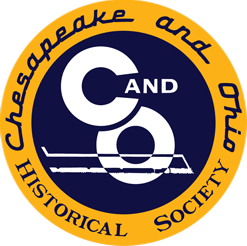

$24.95
By Karen Parker
Detailed mechanical and operational information about the C&O’s classic and fabulously successful 30 T-1 class 2-10-4 Texas type steam locomotives that were used most of their lives taking 14,000-ton coal trains from Russell, Ky. to Columbus and Toledo.
These often have been called the “quintessential Super Power engines.” They incorporated all the best principals that Lima Locomotive Works conjured up to create the Super Power steam locomotive as a type. The T-1s were so highly successful that C&O generally bought only Super Power types thereafter. They were so successful on C&O that when Pennsylvania Railroad needed a new heavy engine class during WWII, it just copied the C&O 2-10-4s (that became the PRR J1 class). During 1949-1953 a number of them were used on heavy coal trains between Richmond and Newport News, Va., just before their retirement.
Included are mechanical and roster data, dynamometer car test report results, diagrams, mechanical drawings, maps, and much historical data not only about the mechanical design, but the operational history from 1930 until the last were retired in 1953.
By Karen Parker
Detailed mechanical and operational information about the C&O’s classic and fabulously successful 30 T-1 class 2-10-4 Texas type steam locomotives that were used most of their lives taking 14,000-ton coal trains from Russell, Ky. to Columbus and Toledo.
These often have been called the “quintessential Super Power engines.” They incorporated all the best principals that Lima Locomotive Works conjured up to create the Super Power steam locomotive as a type. The T-1s were so highly successful that C&O generally bought only Super Power types thereafter. They were so successful on C&O that when Pennsylvania Railroad needed a new heavy engine class during WWII, it just copied the C&O 2-10-4s (that became the PRR J1 class). During 1949-1953 a number of them were used on heavy coal trains between Richmond and Newport News, Va., just before their retirement.
Included are mechanical and roster data, dynamometer car test report results, diagrams, mechanical drawings, maps, and much historical data not only about the mechanical design, but the operational history from 1930 until the last were retired in 1953.